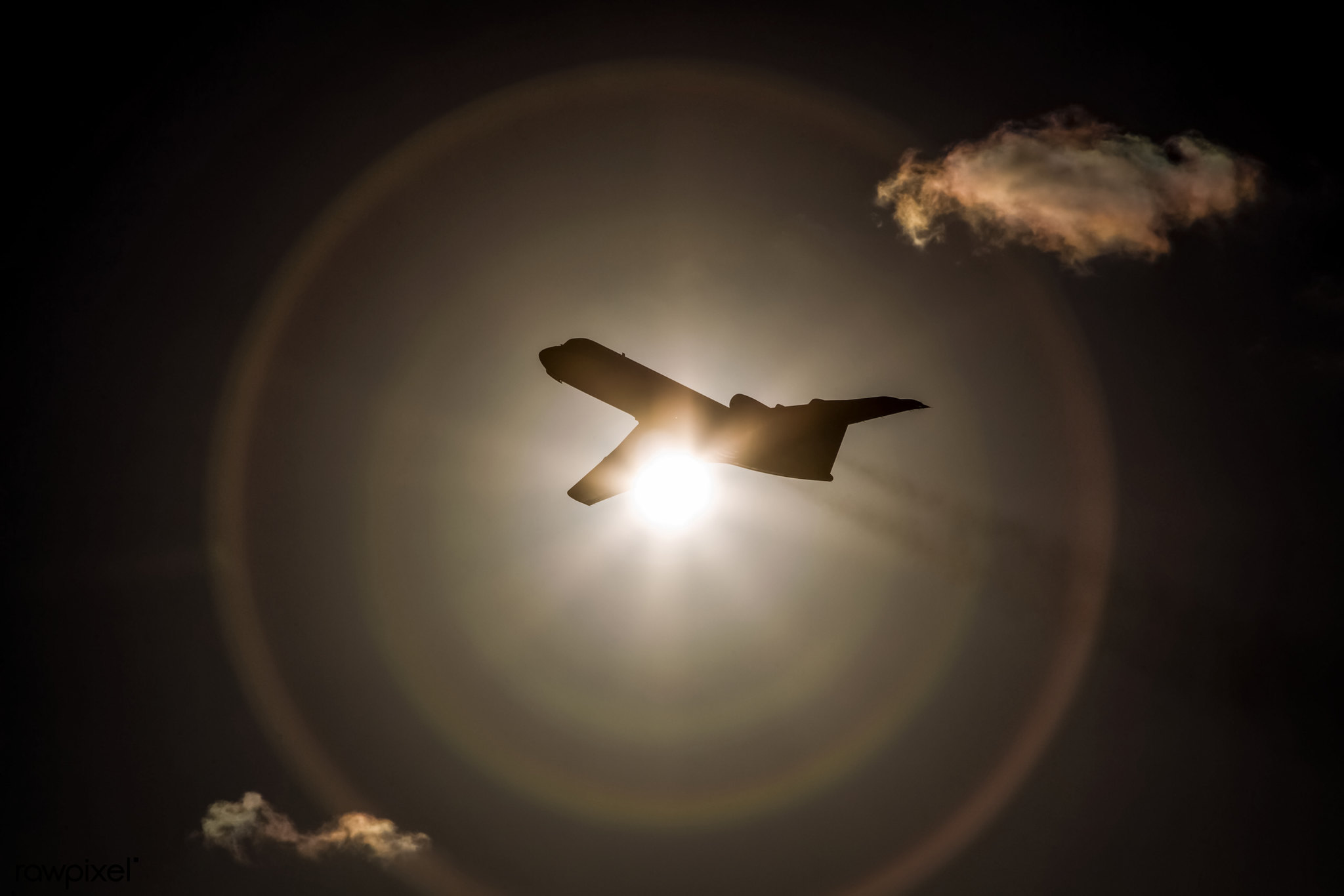Today's solar eclipse over North America provides a unique experience for millions of people watching the mid-day sky darken, stars popping and temperatures dropping for a few minutes. But it's also a golden opportunity for scientists. In fact, dozens of research groups from all over the world will take advantage of the total solar eclipse to conduct a series of unique field experiments, such as the effect of the sun's rays on the atmosphere and the ionosphere and the effect of the eclipse itself on animals. But the largest and most intriguing experiment is being led by Israeli scientist Dr. Amir Caspi from the Southwest Research Institute in Boulder, Colorado—which won a special NASA grant to study the sun's corona from a plane that flies extremely high.
"The corona of the sun is difficult to study because the area of the sun is about a million times brighter than the corona," explains Dr. Caspi. "That's why you have to block the light from the solar disk. It can be done with a coronagraph device that blocks the bright sunlight, but it has all sorts of drawbacks. For example, even with a coronagraph we have to observe the corona through a clear blue sky. Another option is to go into space, but since it is very expensive to place a telescope in space, it will be very small, so a lot of light will be scattered around the lens. A total solar eclipse gives us the best opportunity to look at the corona. The moon is far enough away for its shadow to be very sharp—there isn't as much light gliding as with a close coronagraph. And besides, it darkens not only the disk of the sun but the entire sky. These are special conditions that make it possible to study the sun at night."


Chasing an eclipse in an airplane
In general, the sun's corona is millions of degrees warmer than the sun's surface, which is "only" 6,000 degrees Celsius. Scientists know that energy reaches the corona through the sun's magnetic field, but they don't understand the physical mechanism behind this convection. "How can it get hotter the farther you get away from the heat source?" asks Dr. Caspi. "Another question concerns the solar wind. How is it formed? We know that there are energetic particles released from the corona – but we don't know exactly where they come from and how they accelerate. These are probably two similar or related mechanisms, and a total solar eclipse allows us to look closest to the surface and to study the physics that creates the solar wind and heats the corona."
After conducting a similar experiment during the total solar eclipse of 2017, Dr. Caspi again received a special grant from NASA to study the corona from a WB-57 aircraft. Since the water vapor in the atmosphere absorbs infrared light, and at the same time the atmosphere itself glows infrared, NASA's plane climbs to a height of between 15 and 20 kilometers above sea level – far above the water vapor in the air. At such a height, the aircraft will photograph the corona of the sun at four wavelengths: visible light, short infrared, near infrared and medium infrared. In addition, the plane's speed of around 700 kilometers per hour will allow it to "chase" the eclipse over Mexico and observe the corona for a relatively long time: six and a half minutes.

"We don't have an infrared camera that takes pictures of the sun. We have the Webb and Spitzer telescopes, but they are not pointed towards the sun. To build a dedicated space telescope for the Sun, it needs to be cooled specifically to at least 100 degrees Kelvin. It's amazing to think about it, but our experiment in 2017 was the second or third time in history that someone had photographed the sun in infrared. In that experiment, we discovered two main structures in the corona: prominence, relatively cold plasma clouds around 20,000 degrees Celsius – and active regions of millions of degrees. What is strange is that this difference is not reflected in the intensity of the brightness. By measuring the nearby wavelengths, this time we hope to understand the physical process that causes the corona to glow with the same intensity but at very different temperatures."











